 David and Nicole Hults are second-generation Idaho farmers. David’s parents, Joseph and Kay, first moved to Idaho in 1971, farming just 160 acres with a Massey Ferguson Tractor and an 8’ disk. The family’s acres, equipment and practices have grown and changed significantly since then.
David and Nicole Hults are second-generation Idaho farmers. David’s parents, Joseph and Kay, first moved to Idaho in 1971, farming just 160 acres with a Massey Ferguson Tractor and an 8’ disk. The family’s acres, equipment and practices have grown and changed significantly since then.
Today, in partnership with David’s parents, David and Nicole grow corn, alfalfa and potatoes on about 5,000 acres of land. The family also has a number of NCGA Corn Yield Contest wins under their belt—in part because of their willingness to test and adopt new approaches to maximizing production.
Adopting New Technologies to Reach Corn Yield Goals
David always fertilizes with a 300 bushel per acre corn yield goal, and his personal best is 307 bushels per acre.
Some of his current practices include spreading dairy manure at 10-20 tons per acre, depending on his soil’s nutrient analysis. Additional nitrogen is applied as liquid UAN through the center pivot as needed. The soils are tested every year, and the fields are rotated on the same schedule.
David said the NCGA Corn Yield Contest encourages entrants to adopt new technologies to increase plant health, standability and crop yields. In 2015, David’s agronomist at Nutrien Ag Solutions, Chris Smith, introduced the Hults family to Accomplish LM as an additive or catalyst to their existing in-furrow starter program to increase phosphorus availability and plant health.
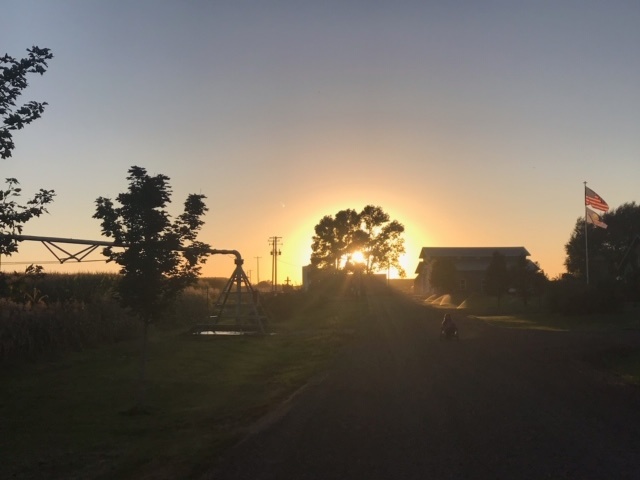
The Hults Farm
After adding Accomplish LM at 2 liters per acre to their starter program, the Hults family noticed faster, more even corn germination. Plants also kept growing at a faster rate with a darker, greener color—followed by increased yields and grain test weight at the end of the season compared to their corn crops grown without Accomplish LM.
That same year, David had the top two NCGA entries in Idaho in the No-Till/Strip Till Irrigated category (267.45 and 263.92 bu/a, respectively). In 2016, David and his family again saw success with their program in the contest, with Nicole placing first and David placing second among Idahoans in No-Till/Strip-Till Irrigated (253.83 and 246.34 bu/a, respectively) and Joe placing second in Irrigated (289.66 bu/a). And in 2017, David placed second and Joe placed third among Idaho entrants in the No-Till/Strip Till Irrigated category (266.52 and 265.76 bu/a, respectively), while Nicole placed first and Kay placed second among Idaho entrants in the Irrigated category (292.73 and 291.98 bu/a, respectively).
Each of the Hults is competing again with entries for the 2018 season and with Accomplish LM as part of their program. We hope to see their name among the winners!
(UPDATE: The Hults family took winning places again in the 2018 and 2019 contests!)
Learn more about Accomplish LM by downloading the Accomplish LM product booklet.






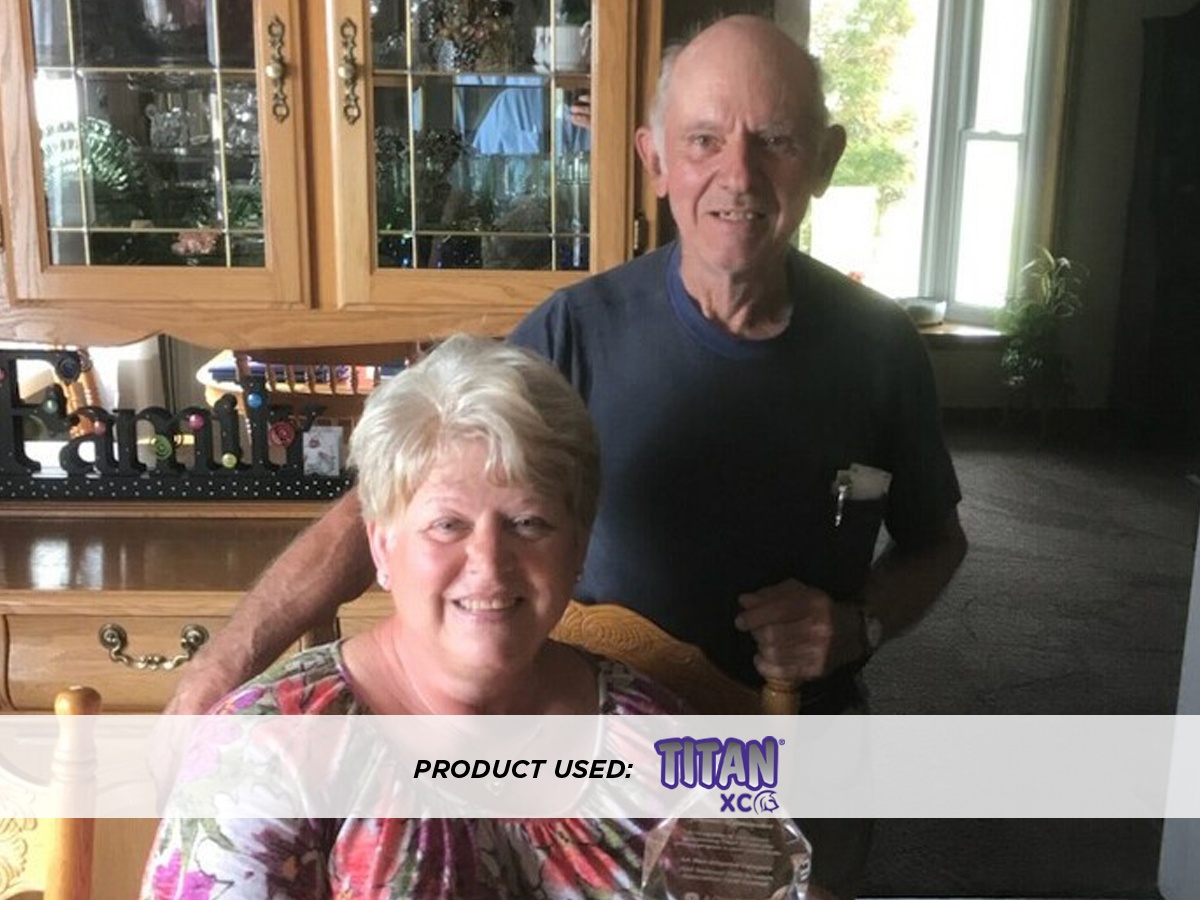
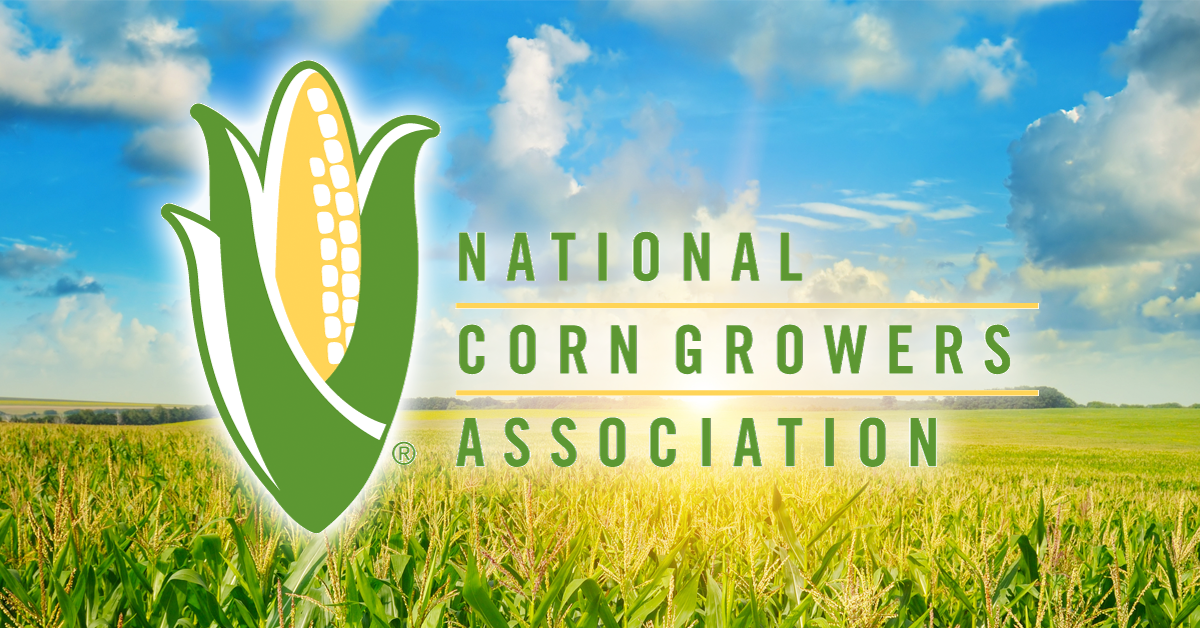 Our final
Our final 
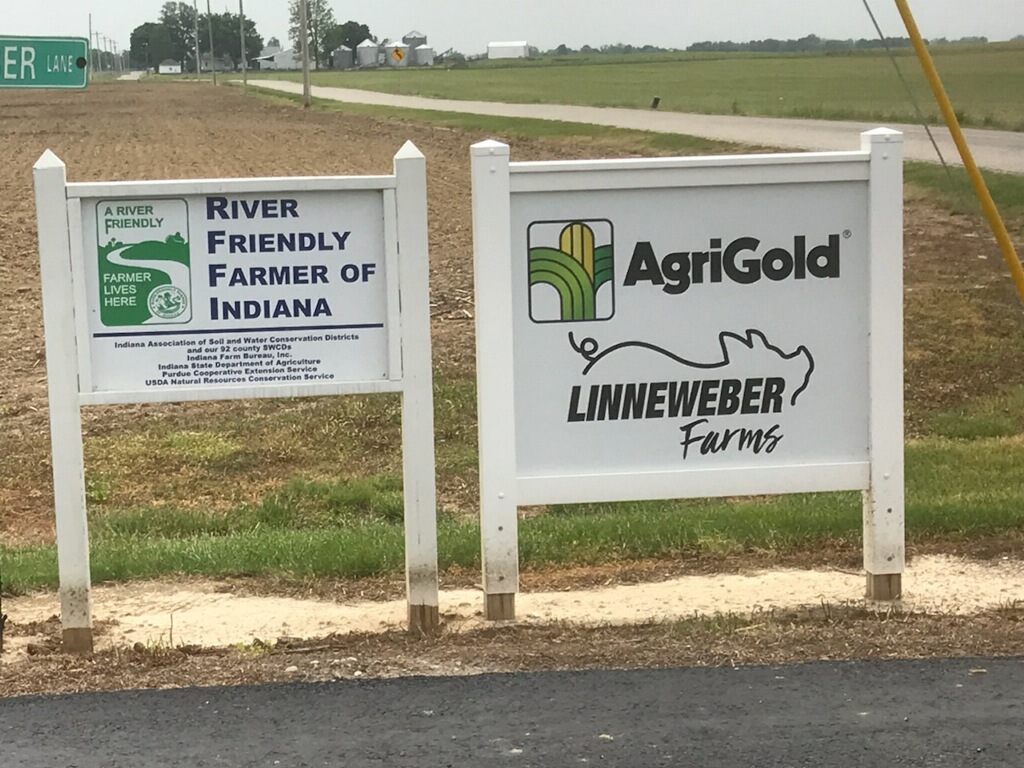
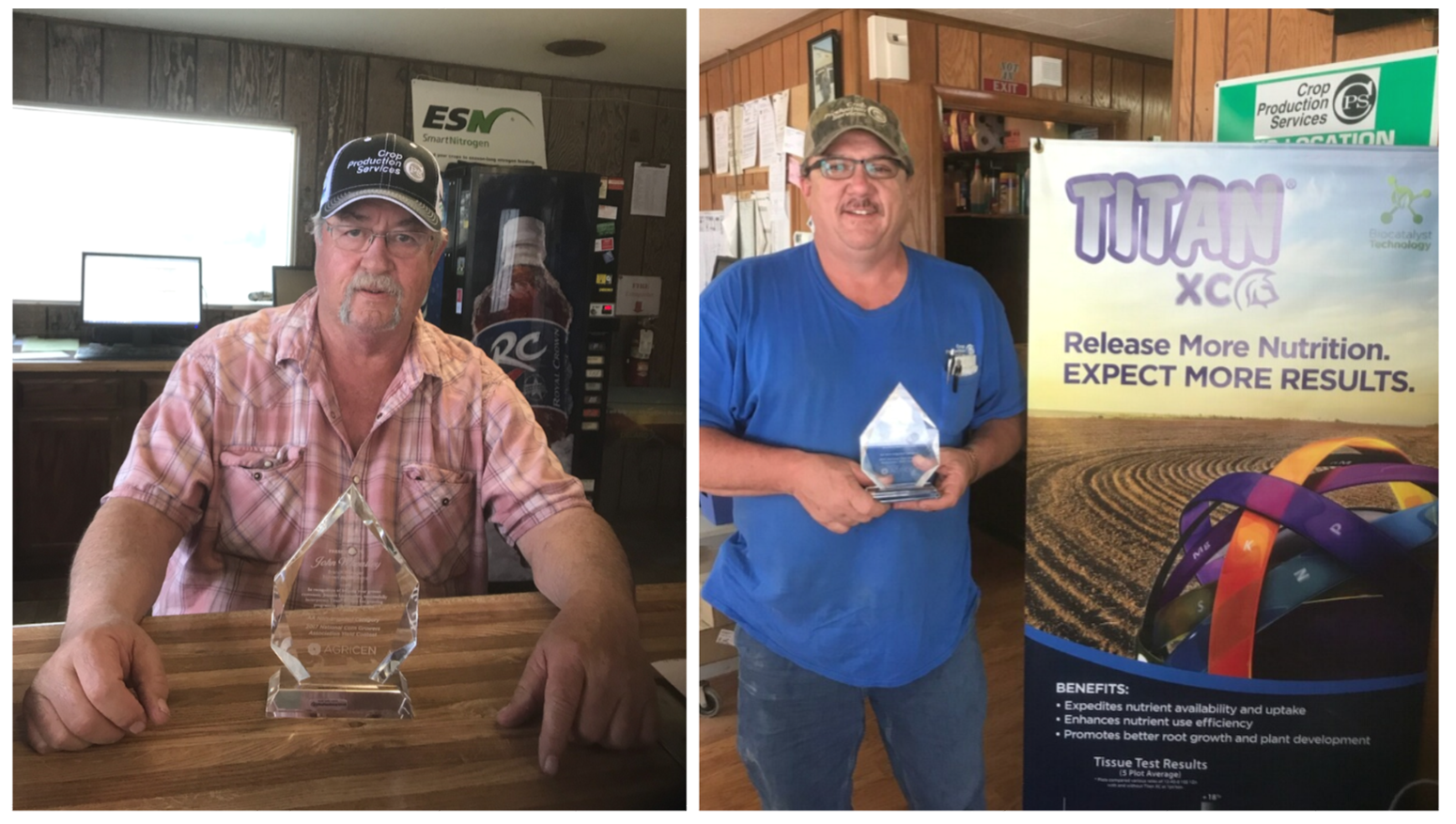

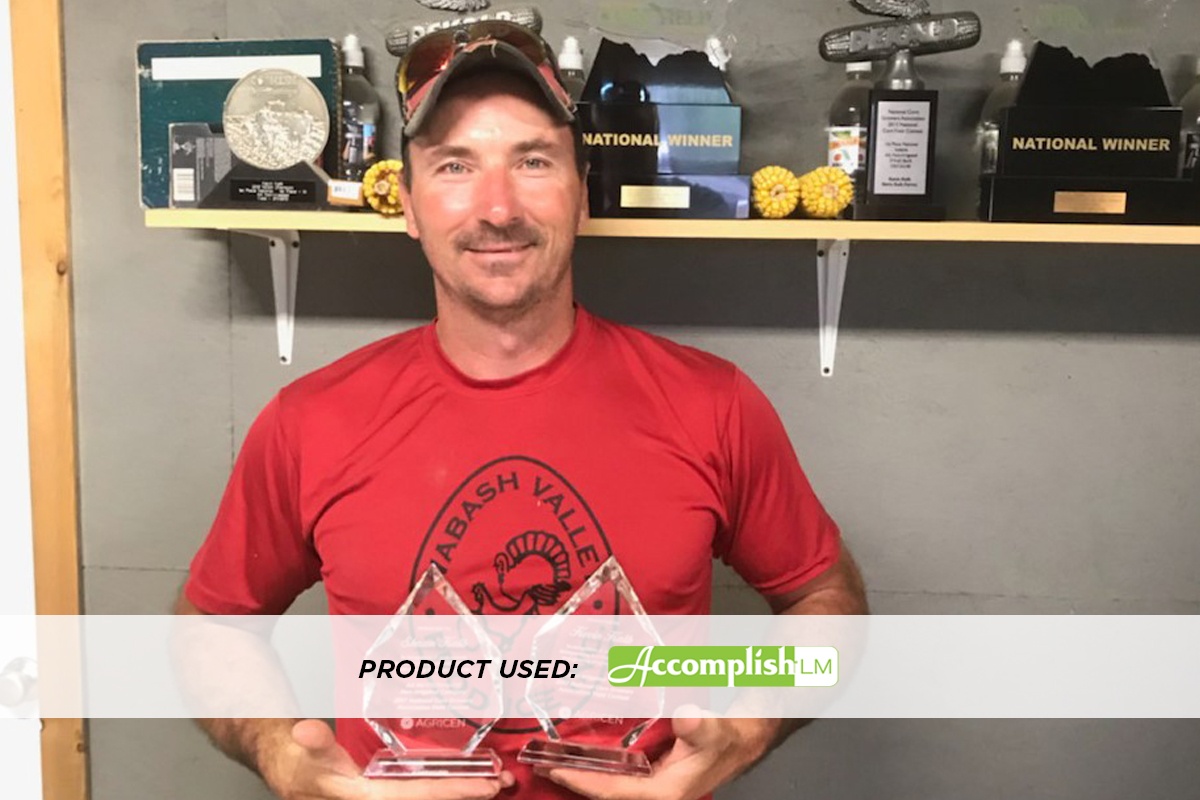
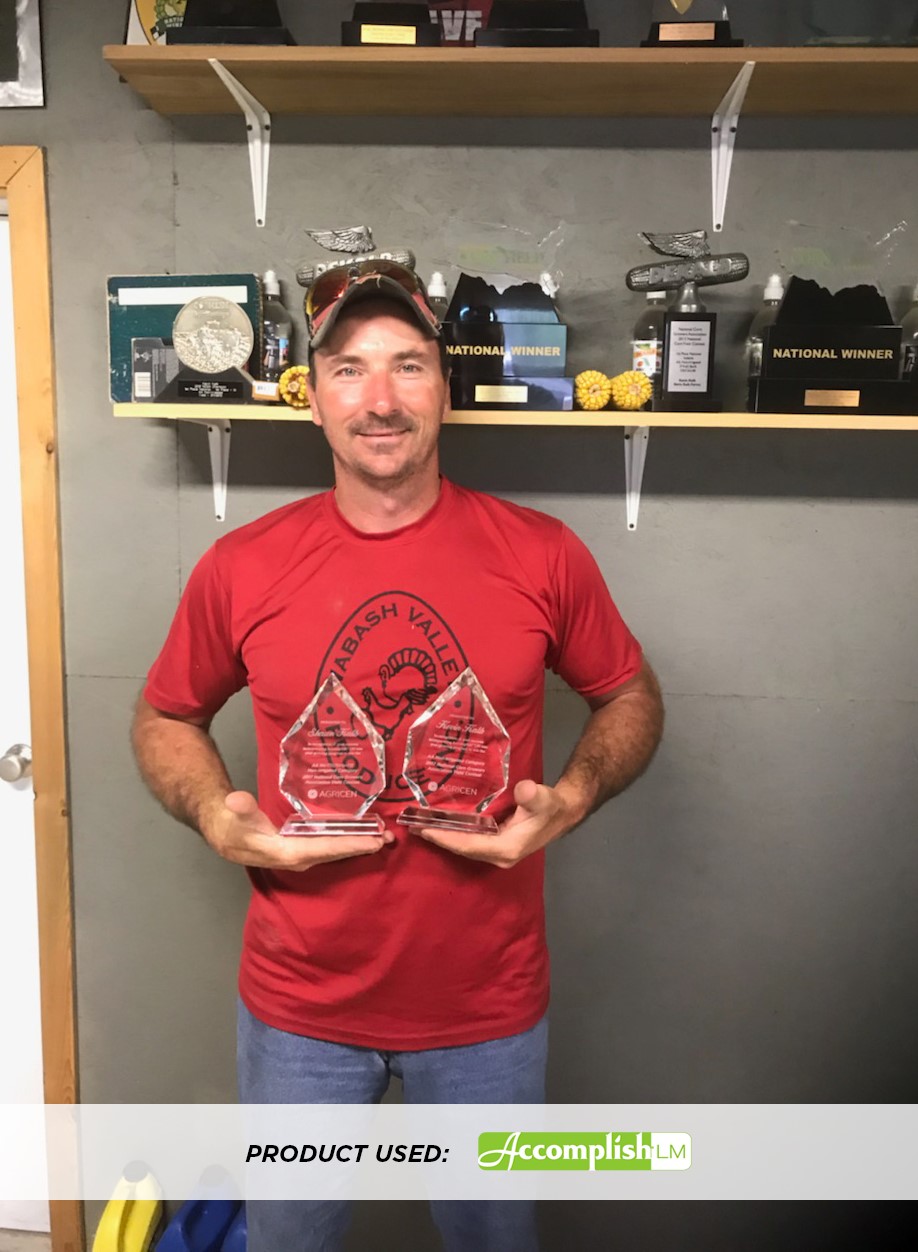


-CPS%20Clay%20Martz%20(right).jpg)

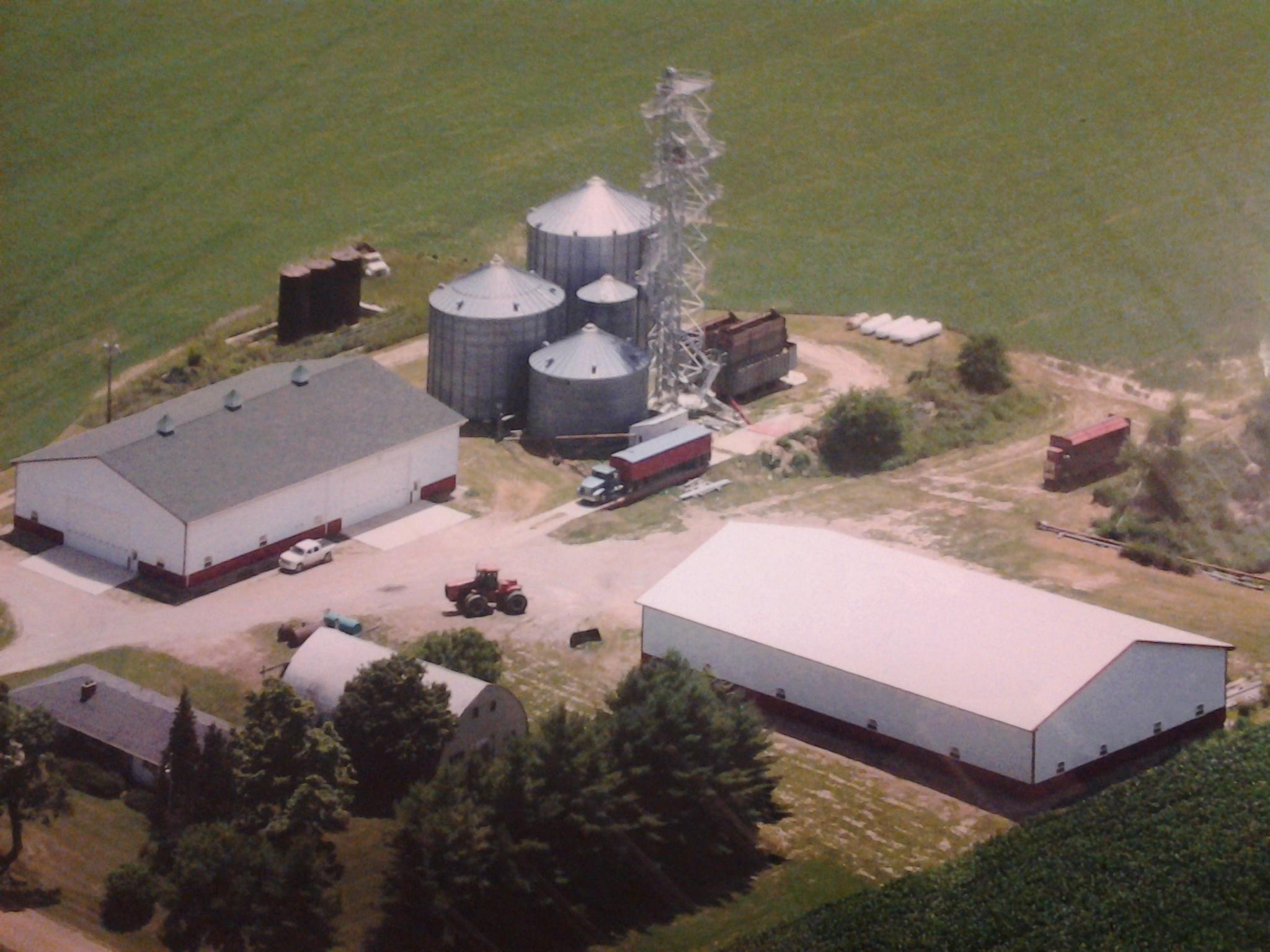

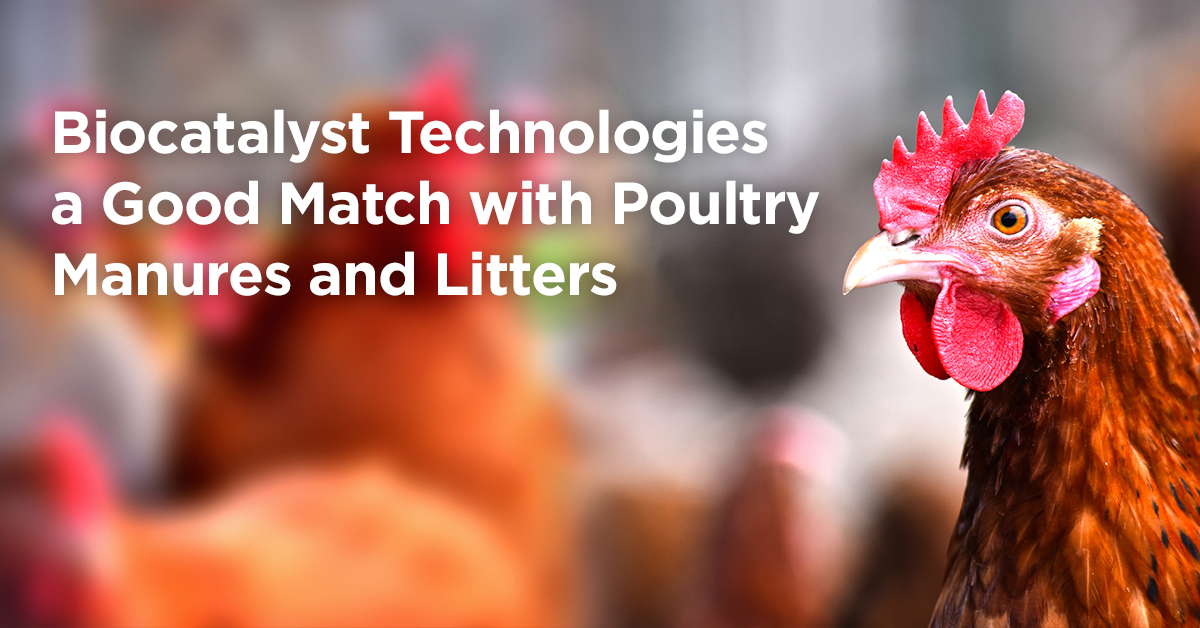
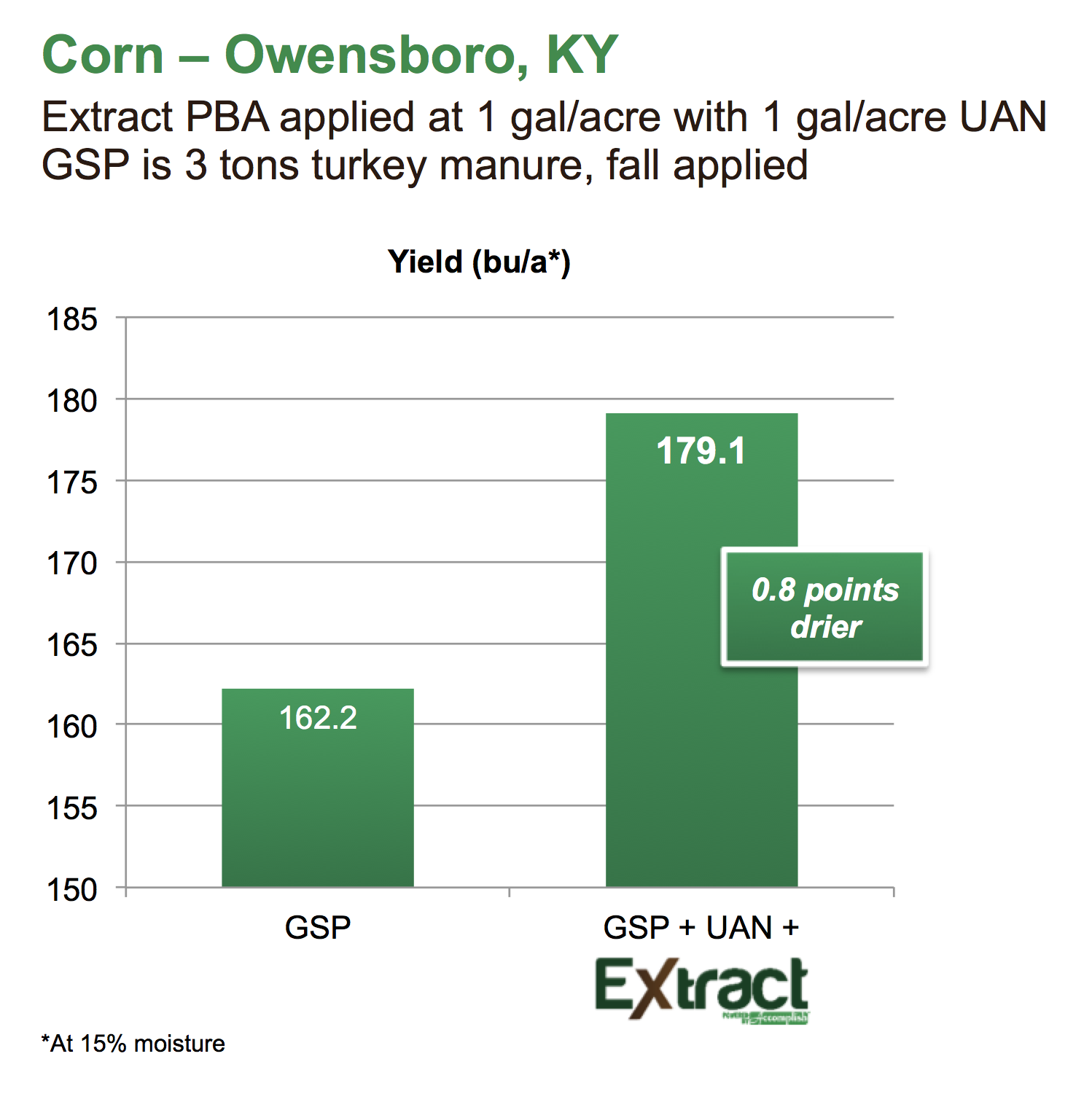
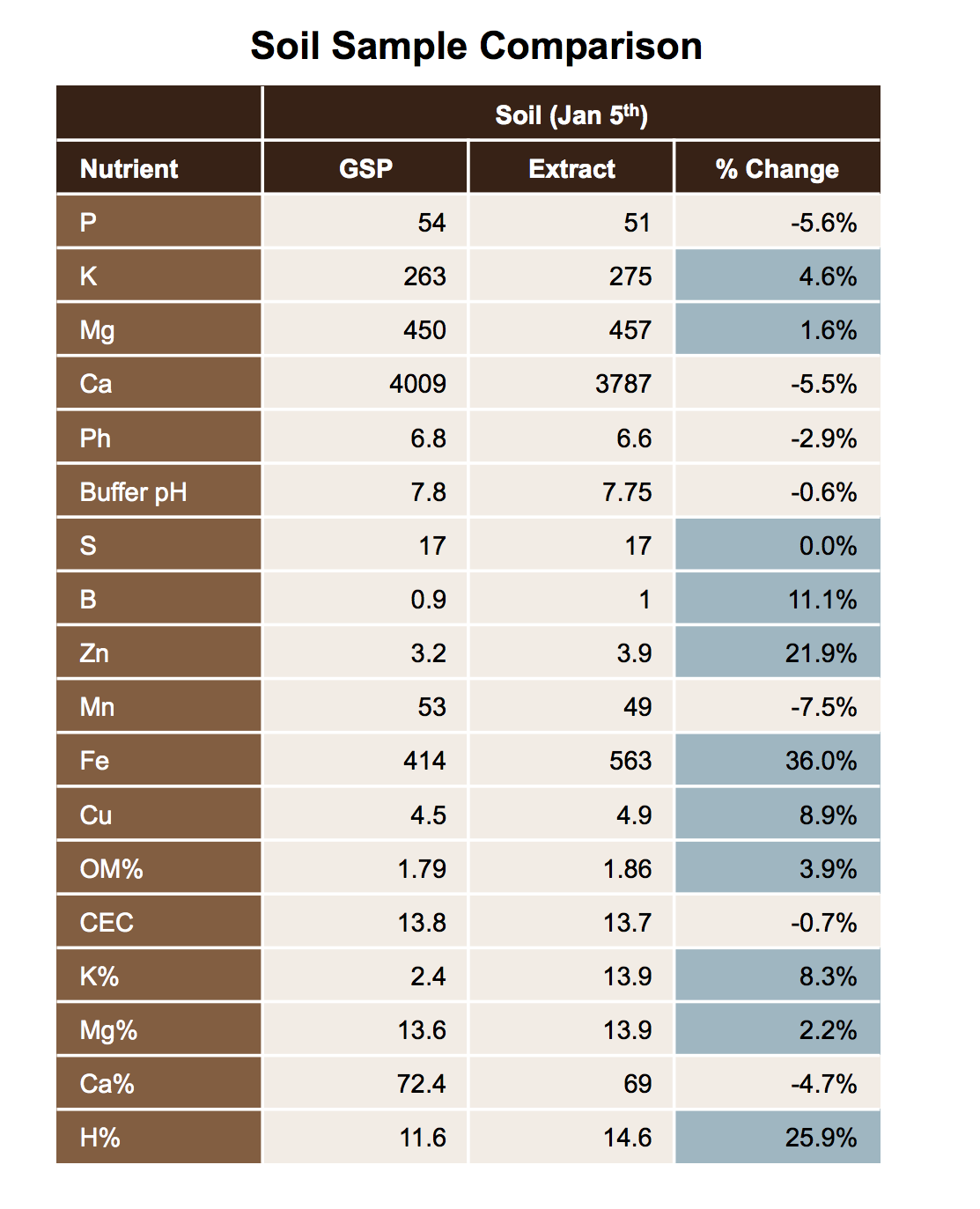
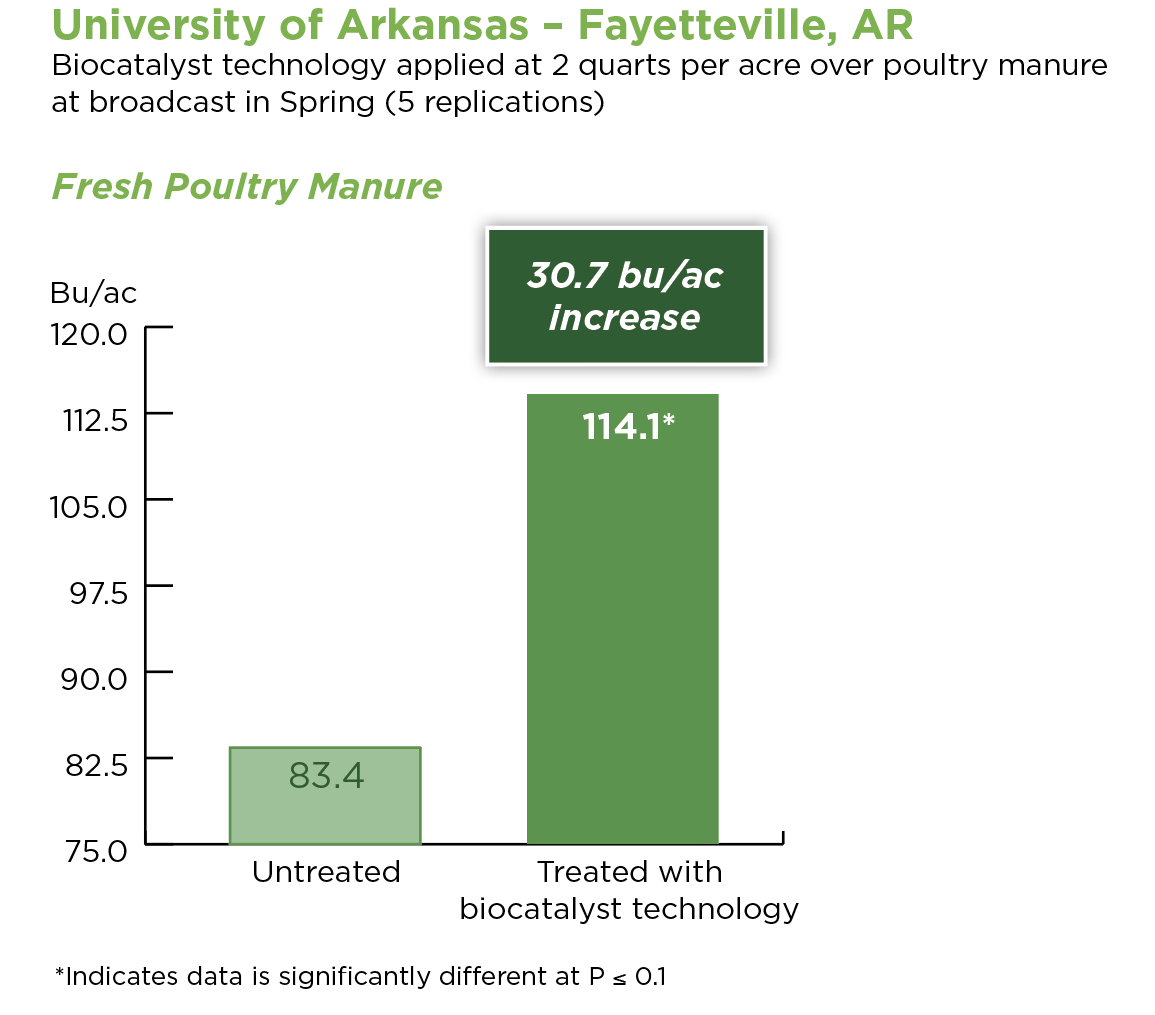
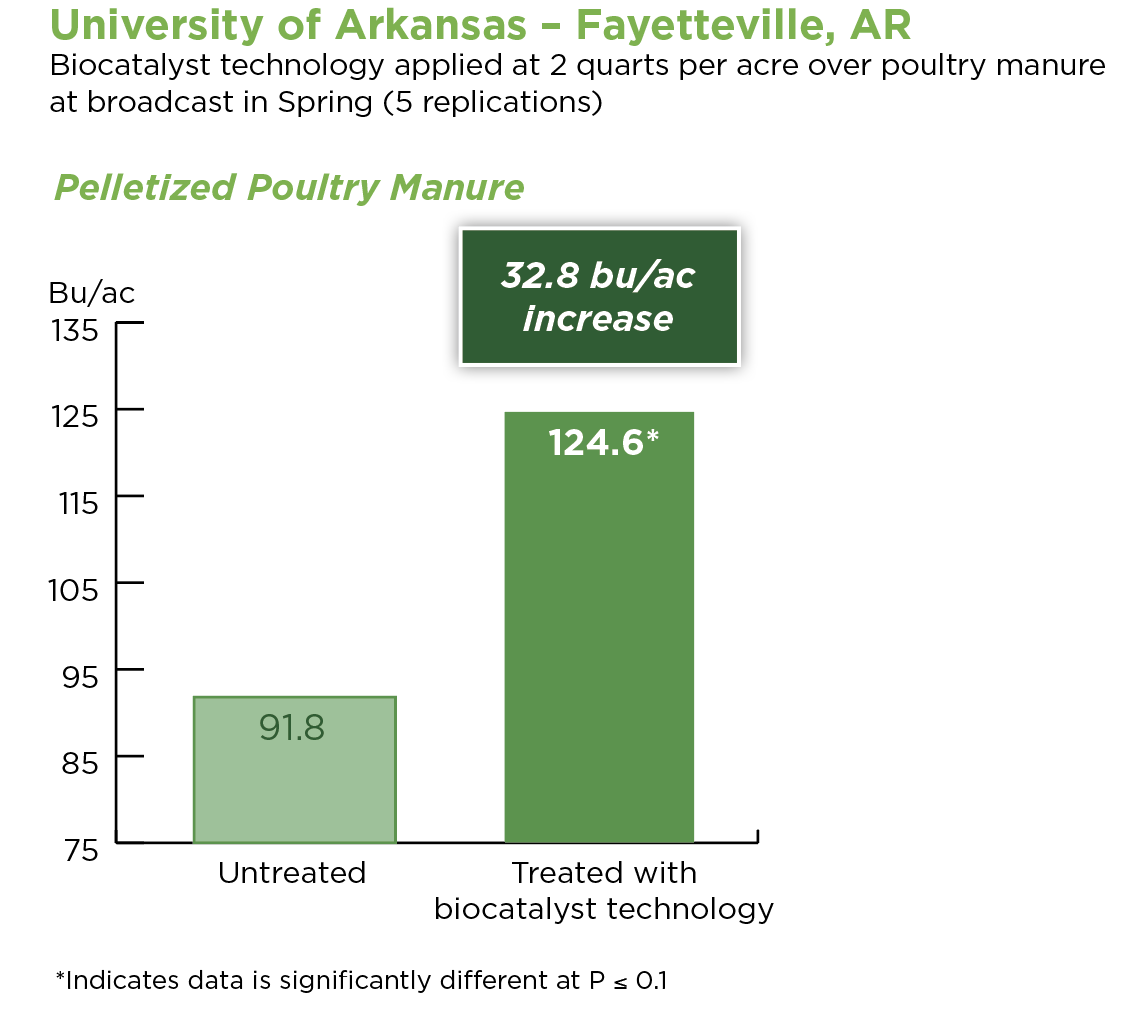

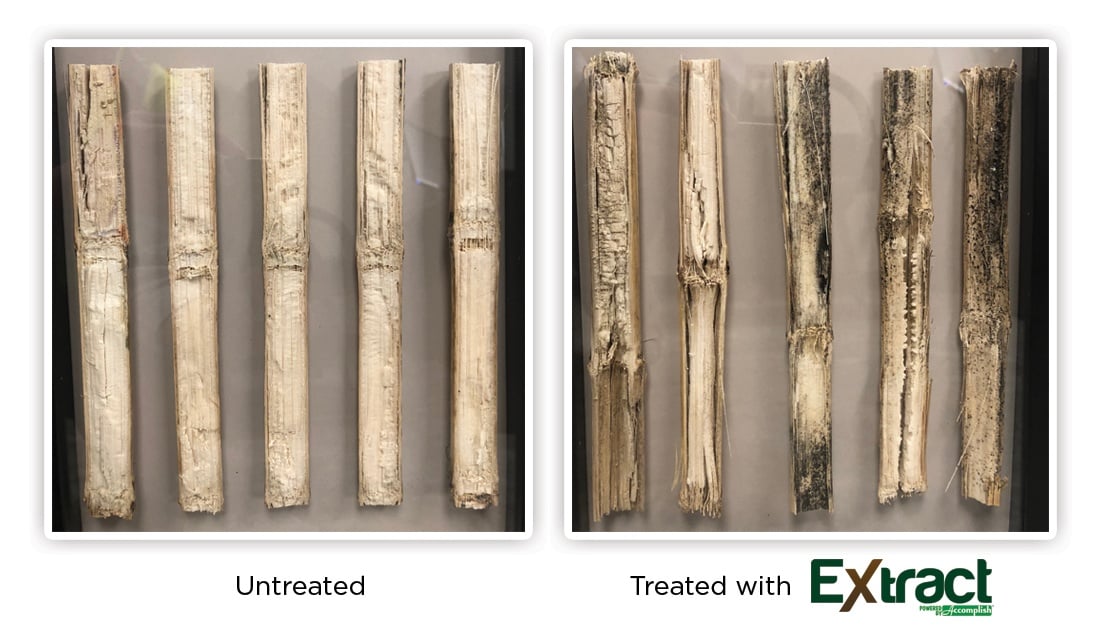


![[Data] Titan XC Proves Agronomic Benefit in Cotton, Corn & Soybeans](https://www.agricen.com/hubfs/Cotton-Conway-NC-Titan-XC-2017.png)
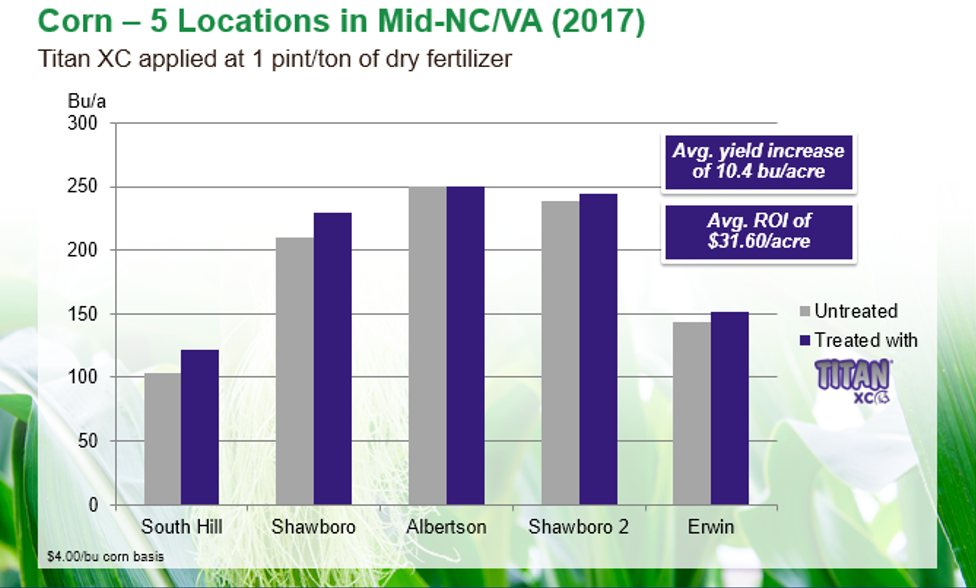
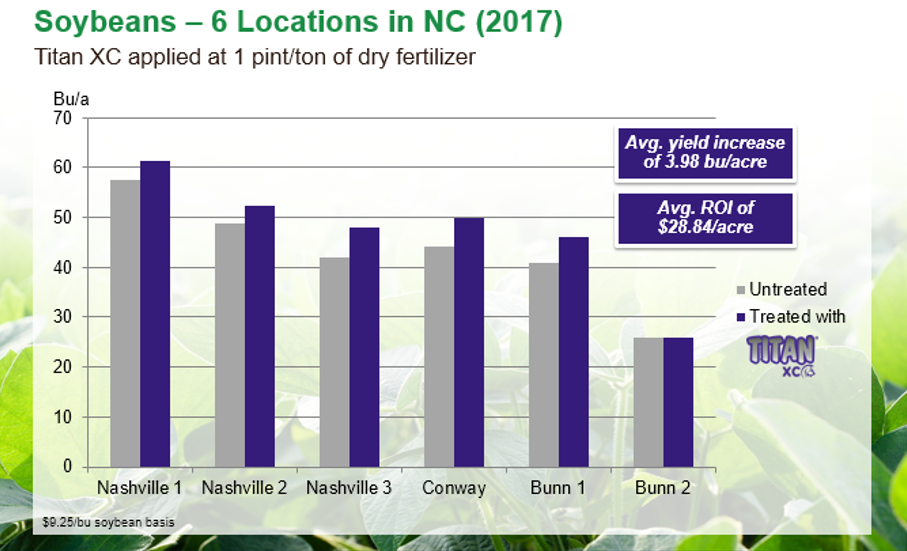

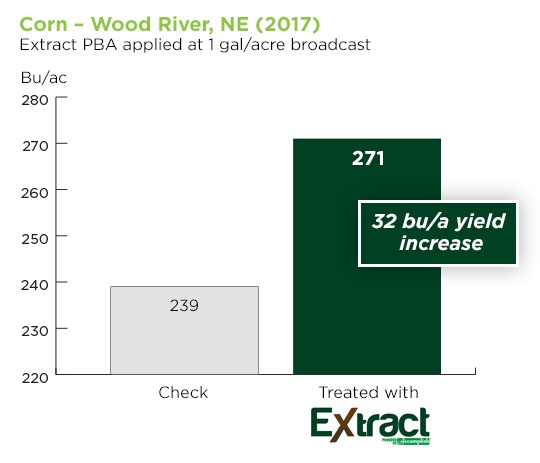

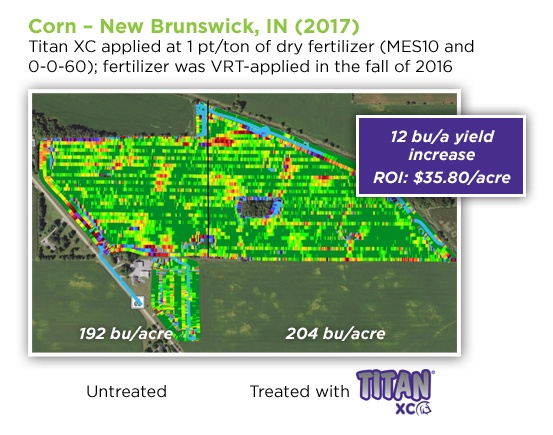
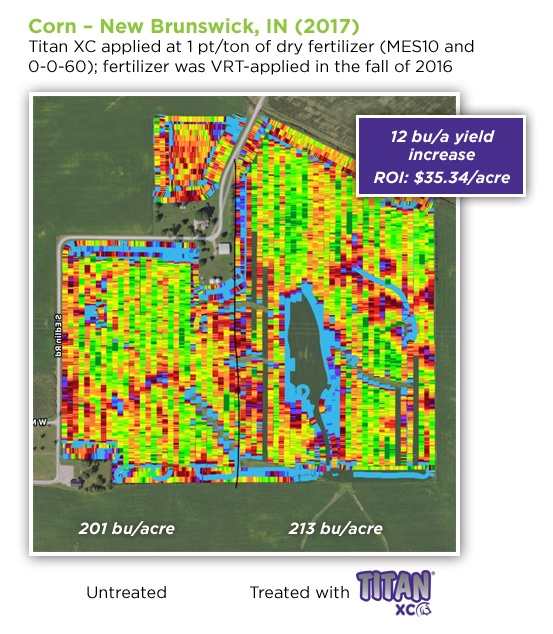


![[Video Roundup] How Farmers Improve Ag Productivity & Sustainability](https://www.agricen.com/hubfs/Agriculture%20Videos.png)

